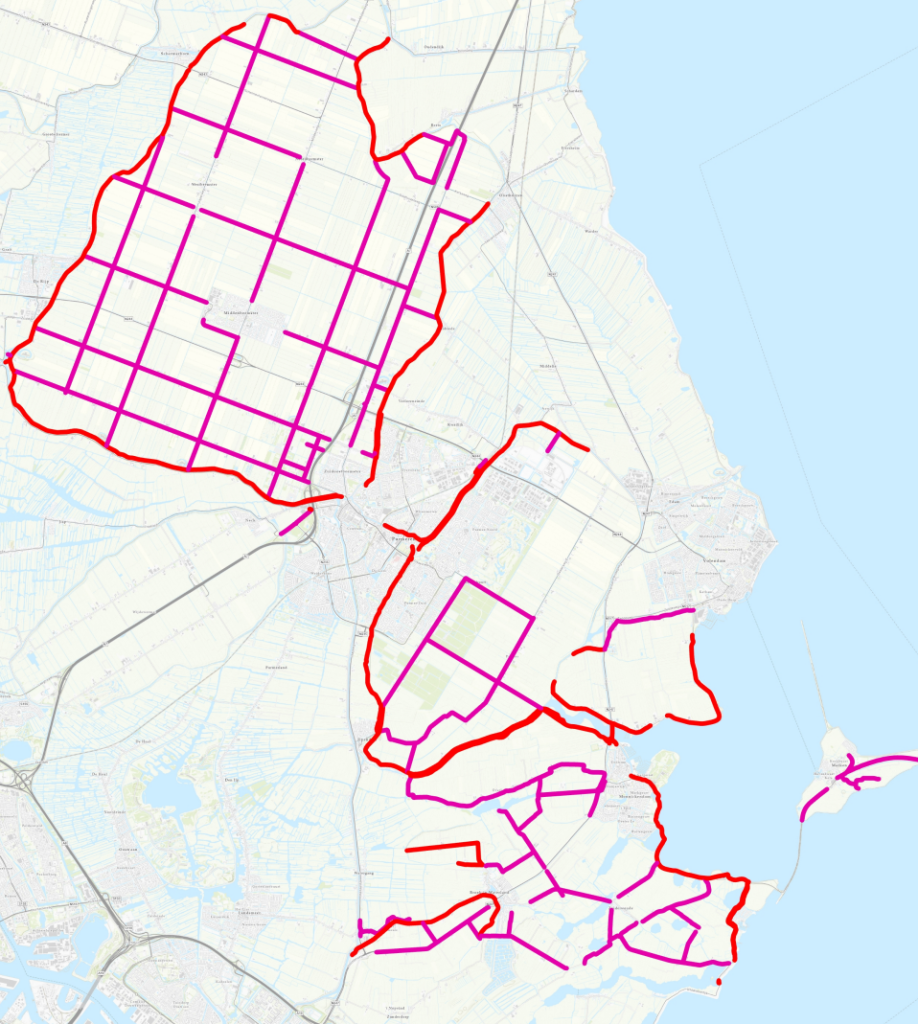Clay on the road
During the wet seasons, it is common for the road to be contaminated by clay. Farmers and contractors drive on the road with tractors and trailers while the tires are covered in clay. That clay is carried away from the fields where it has been harvested. This is dangerous, because clay on the road leads to slipperiness. We check the roads extra for dirt during those periods.
Polluter liable
Soiling the road is prohibited by law. If it does happen, the polluter is liable. He must clean the road again. Otherwise, we do it at the polluter's expense.
In the months with high rainfall, the road is more likely to become soiled. Because of rain, the fields become wetter and the clay is carried in the wheels. It also has to do with the fact that crops grown on clay are harvested in the wet fall. This is why we check our roads extra for pollution during that period.
Warning signs
Farmers and contractors may post warning signs when work is being done. These signs alert road users to the dangerous situation. They include a slip hazard warning sign, an under sign that reads "clay" and a 30 km/h advisory speed sign. Not until the work is completed and the road is cleaned again may the signs be removed. Placing signs does not relieve the polluter of his obligation to keep or clean the road.
Information on where to obtain these signs and what they must comply with is in the instruction below. Also included here are tips and explanations on how to place the signs when clay is on the road. For questions or complaints about polluted roads, please contact us at 072 - 582 8282 or info@hhnk.nl stating 'clay on the road' with the location (such as street name and house number).
To report clay on roads, see the Reporting on Roads page.
We can only take reports from roads we manage. These are the following roads:
